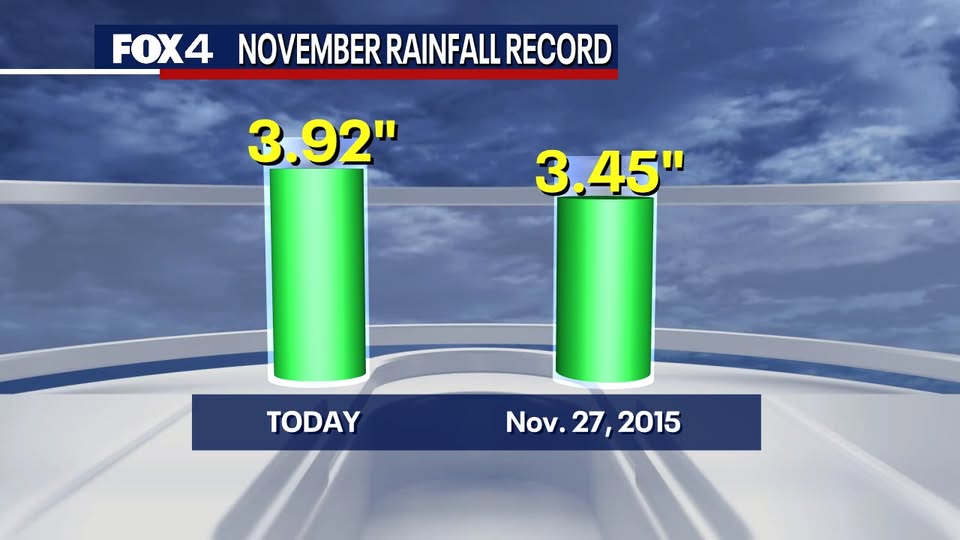UPDATE: U.S. Defense Secretary Pete Hegseth announced today that the United States and China will set up direct military communication channels. This significant development comes as Hegseth concluded talks with Chinese Admiral Dong Jun during a security meeting in Kuala Lumpur, Malaysia on October 15, 2025.
Hegseth emphasized that bilateral relations between the two nations have “never been better.” He stated that open channels will promote “peace, stability, and good relations” between the countries, which have been at odds over territorial disputes in the South China Sea.
This announcement follows Hegseth’s urgent call for Southeast Asian nations to enhance their maritime defenses against China’s increasingly aggressive actions in the region. “China’s sweeping territorial claims in the South China Sea contradict their commitments to resolve disputes peacefully,” he asserted, addressing counterparts from the Association of Southeast Asian Nations (ASEAN).
The South China Sea remains a flashpoint, with claims from China overlapping those of the Philippines, Vietnam, Malaysia, and Brunei. The Philippines, a crucial U.S. ally, has faced ongoing confrontations with Chinese maritime forces.
In response to these tensions, Hegseth urged ASEAN to finalize a long-delayed Code of Conduct to regulate behavior in the contested waters. He also proposed the establishment of a shared maritime surveillance and rapid-response system to increase regional security cooperation. “Any member facing aggression should not stand alone,” he stated.
Additionally, Hegseth confirmed that he had conferred with Donald Trump, noting that both leaders believe the relationship between the U.S. and China is improving. Trump’s recent meeting with Chinese leader Xi Jinping in South Korea was described as a step towards lasting peace.
However, this diplomatic overture contrasts sharply with Hegseth’s stern warnings about China’s maritime conduct, particularly regarding the recent declaration of the Scarborough Shoal as a “nature reserve.” Hegseth criticized this move as an attempt to expand China’s maritime claims at the expense of neighboring countries.
Chinese officials have reacted strongly, condemning U.S. military exercises in the region. They labeled the Philippines a “troublemaker” for conducting naval drills with the U.S., Australia, and New Zealand. These exercises, which wrapped up on October 14, 2025, are part of the Philippines’ ongoing efforts to assert its rights in the South China Sea.
Tensions are likely to escalate as both nations navigate this complex landscape of deterrence and diplomacy. Hegseth’s dual approach reflects a broader strategy to balance military readiness with constructive dialogue.
The upcoming months will be critical as ASEAN and the U.S. plan a maritime exercise in December 2025, aimed at enhancing coordination and upholding freedom of navigation in the region.
As developments unfold, the international community will closely watch the reactions from both Beijing and Washington, as well as the responses from regional allies. This situation continues to evolve, and the implications for peace and stability in Asia remain significant.
Stay tuned for updates as this story develops.







